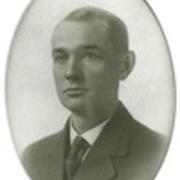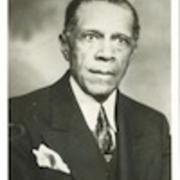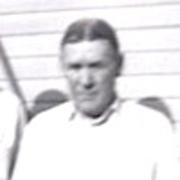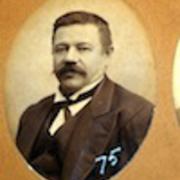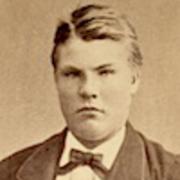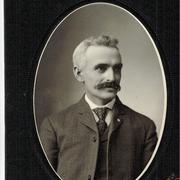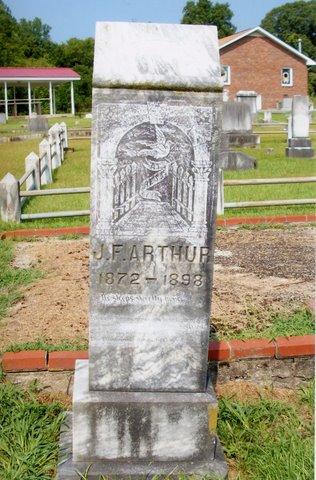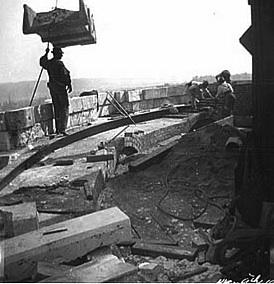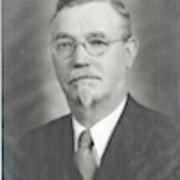
State Capitol’s stunning beauty came at a terrible cost
By Randy Croce
26 April 2011
ST. PAUL - The stunning beauty of the Minnesota State Capitol came at a cost – six workers died building it. These men had been virtually forgotten, but were finally publicly recognized for the first time during the Workers Memorial Day ceremony on Thursday, April 28th, 2011.
Every year, the Minnesota Building and Construction Trades Council holds a ceremony to remember workers killed and injured on the job and to renew the call for workplace safety. The 2011 event took place at the Workers’ Memorial Garden on the state Capitol grounds.
Fittingly, the names of the workers who died in the Capitol’s construction between 1898 and 1903 were read, along with the names of building trades workers who died from work-related illnesses during the last year.
Unknown for decades
Newspaper articles and records of the Capitol Commission reported that six workers died during the construction, but no source listed all the names. Only two or three of the workers were known to the Capitol Historic Site office. From 2009 to 2011, Dave Riehle, John Sielaff and Victoria Woodcock discovered the identities of five of these workers and found the last accident victim in 2012 through their research for the Labor Education Service project, “Who Built the Capitol?”
The first worker to lose his life on the Capitol project was Felix Arthur, who came north with the marble shipped to St. Paul from a quarry in Nelson, Georgia. He was working on a stone polishing machine when he got caught in the flywheel. He died in the hospital several hours later, on May 5, 1898, at the age of 25.
His family was prominent in his home county, but his parents moved to Texas soon after his burial, “likely devastated by his death and ‘got out of Georgia’ and away from the memories of the dangers of working with the heavy stone, “ according to Georgia historian Mimi Jo Butler of the Pickens County Historical Society. Butler believes that the Georgia Marble Company made and paid for the monument in a Nelson, Georgia cemetery. The inscription begins,"Blessed hands, generous heart, gallant son..."
The other fatal accidents at the Capitol worksite were all caused by falls. Albert Swanson, a 20-year-old mold caster, originally from Sweden, was killed in a strange accident on April 27, 1900. A St. Paul Globe headline summarized, “Passing Wagon Drives Over Rope Used to Hoist Material and Scaffolding, on Which Men Stood, Falls.” Swanson and fellow worker Frank Thiery both plunged 40 feet. Swanson collided with timbers and died before hitting the ground, but Thiery landed in a pile of sand and miraculously got away with only a broken leg.
Another Swedish immigrant, 23-year-old stone mason Alfred Magnuson, fell to his death on June 30, 1900. Florian Zauner was born in Germany, 40 years before he worked as a laborer on the Capitol, where he fell 70 feet and died immediately on August 4, 1900. The last confirmed fatal accident happened on June 26, 1903, when 18-year-old John Corrigan fell 32 feet in the hall of representatives. The young man was wheeling a heavily-loaded wheelbarrow across three narrow planks when it tipped over and he fell with it.
Controversy over safety
These accidents stirred considerable controversy about safety conditions at the Capitol site, noted in newspapers of the time.
On June 7,1899, shortly after Vernon Cole’s fall, a St. Paul Globe headline read, “RAILING IS NEEDED THERE – SAFETY DEVICE SUGGESTED BY THE LABOR BUREAU FOR CAPITOL WORKERS.” The article reported that Labor Commissioner McHale had consulted with State Attorney Douglas about the department’s jurisdiction over a public work site and was assured that safety devices could be mandated at the Capitol.
An earlier inspection had certified the rest of the site, excepting the fall location, to meet safety standards. Yet, despite this certification and concern at high levels of state government, four more men fell to their deaths in the following three years, not to mention non-fatal injuries.
John Biersack, the 36-year-old son of Bavarian immigrants to Wisconsin, died in October 1898, a few days after he fell from a derrick. Like all of the other fatal accident victims, Biersack was unmarried and had no children.
By June 27,1903, the outrage in The Minneapolis Journal headline was clear, “DEATHS DUE TO NEGLECT.” The article noted that contractors had been ordered in June 1899 to widen high runways, but they were still too narrow and the paper “attributed (the fall fatalities) to the failure of the capitol commission to require precautions to prevent accidents.”
The newspaper writer concluded that the labor commissioner had “the authority to take such steps to protect life, and the inference now is that some one has been derelict in failing to take precautionary measures.” This furor over young Corrigan’s death may have finally been effective, as he was the last worker to die constructing the Capitol, which opened to the public in 1905 and was completed in 1907.
There were certainly efforts to make Minnesota workplaces safer around the turn of the last century through laws and regulations. Bureau of Labor inspectors visited worksites and issued safety and health orders. Employers were required to report any workplace accidents within 10 days, (though a 1900 report by the Minnesota Bureau of Labor Statistics estimated that only 10 to 15% of employee accidents were actually reported).
This 1900 photo shows the hoists, made of logs, used to raise the stone blocks for constructing the Capitol. Such rudimentary construction techniques posed many hazards for workers. John Biersack died falling from such a hoist.
Changes ensue
The 1902-1903 Bureau report showed that 1.13 workers died from jobsite accidents per 1,000 workers employed in the state. By contrast, for 2009, the U.S. Bureau of Labor Statistics reported 3.3 workplace deaths per 100,000 full-time equivalent (FTE) workers, about 3% of the 1903 rate, though in 2009, the construction industry was disproportionately dangerous, with 9.7 fatalities per 100,000 FTE workers.
Why the marked improvement in workplace safety? Despite inspections, Labor Education Service researchers did not find monetary penalties levied on employers for jobsite hazards. General attitudes about safety were also very different over 100 years ago, notes Ginny Lackovic, of HGA Architects and Engineers, who supervised the 2010 Capitol rotunda restoration.
“I think the level of safety when this building was built was based on everybody’s sense of their own judgment and their own sense of safety, what they were comfortable with... You know there was no OSHA (Occupational Safety and Health Administration)… your safety was your own responsibility and if you made a mistake you paid dearly for it.”
There was no financial responsibility, or incentive, on the part of the employer or the state for worker safety - no employee disability, health or life insurance plans or workers compensation law. The cost of injuries and deaths was up to the individual workers or their families, unless they belonged to ethnic or fraternal mutual benefit societies or were members of unions, which had sick and accident funds, typically covering up to a maximum of three months off the job, as well as death benefits.
Major differences between the accident rates of the Capitol construction era and today are due to improved safety practices and technology.
Looking at the photos of workers on the site, it’s surprising that there were not more fatalities. Cross boards, simply fixed onto logs, look to be the only access to the top of some derricks, in a 1900 photo and ladders can be seen balanced precariously atop beams.
“There were no hard hats… any kind of protection for the head. The scaffolding was built on site. Everything was cobbled together using whatever was available," noted architect Lackovic. “The handrails and the guardrails that are now part of all of these projects are there for a reason. I think every safety implement you see now is because of some unfortunate accident in the past… and there are organizations that monitor that.”
Workers without hardhats on Capitol roof as heavy materials are hoisted above their heads.
We owe the workers who built the Capitol and other buildings of the period a debt not only for their craftsmanship, still visible in these structures today, but for the sacrifices they made in accidents, that pointed the way to safer jobsites for the workers who came after them.
Randy Croce, a staff member at the University of Minnesota Labor Education Service, is coordinating the “Who Built the Capitol?” project. He is an award-winning videographer and labor educator.
The Capitol research project was funded by the International Union of Bricklayers and Allied Craftworkers, the Education Minnesota Foundation for Excellence in Teaching and Learning, the Minnesota Historical Society from the State of Minnesota Arts and Cultural Heritage Fund and the Center for Human Resources and Labor Studies at the University of Minnesota.
